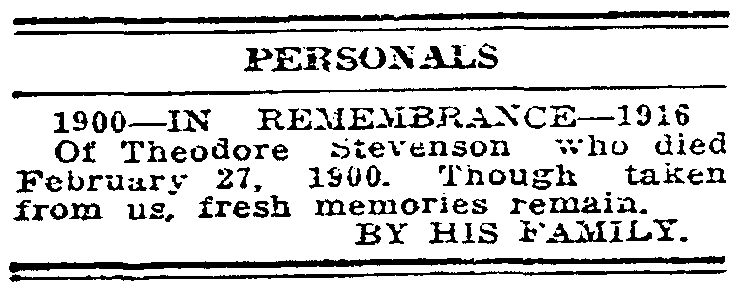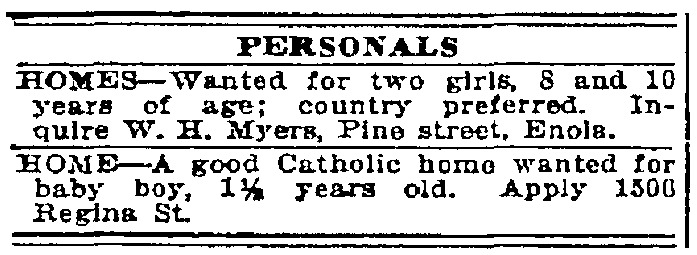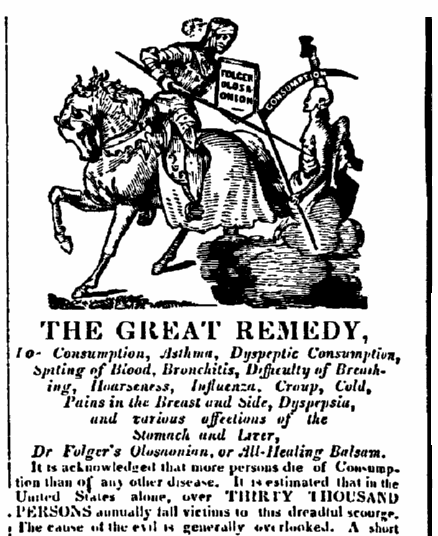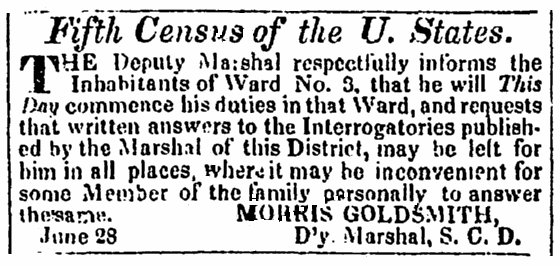Introduction: In this article, Gena Philibert-Ortega provides several examples of classified ads from old newspapers to show how these often-overlooked genealogy resources can help tell our ancestors’ stories. Gena is a genealogist and author of the book “From the Family Kitchen.”
Newspaper classified ads. They are traditionally for glancing at when you need a job or a used car, right? Classified advertisements are one way newspapers make money, both from their readers and local businesses. Looking through generations of classifieds, the structure remains similar though the content of the advertisements changes over time. Reading the classifieds makes for a fascinating social history study of your ancestors’ place and time.
The more I scan old classified ads the more I find to like. I’ve written before about the classifieds (see links at the end of this article) and how they pertain to family history research. Here are a few more historical newspaper advertisements that may spark some ideas for your own genealogy searches.
The Personal Classified Ads
There’s no doubt I love the Personals. I’m fascinated by what people paid to print about themselves or their family in the newspaper, and often wonder how their story ended. These tidbits offer genealogy researchers interesting social history information. They can also provide genealogical information on all aspects of a person’s life – including if the person went missing.
This example of a missing person ad would be a great find for the modern-day family of Charles Martin Hallinen, who left Champaign, Illinois, about 1890 and then seemingly vanished without a trace. This old personals advertisement also serves as a reminder that information may not necessarily be in the location you think it should be. In the case of this ad about a missing Illinois man, I found it in a Nebraska newspaper – and also duplicates in newspapers from: Salt Lake City, Utah; San Francisco, California; Reno, Nevada; and Dallas, Texas. These personals advertisements covered the span of at least six months.

Often as genealogists, we come across an ancestor that seems to just disappear. While their fading paper trail may be due to a lack of records, it’s quite possible that they did vanish for some reason (perhaps on purpose or as the result of a tragedy) and the newspaper might be the place to find information about that missing ancestor.
Another example of a Personals ad with genealogical value is this one placed by the family of Theodore Stevenson, who died 27 February 1900 – his family placed a newspaper ad to remember his passing 16 years later.

Homes for Orphans
Sure you can acquire all kinds of things in the classifieds: clothing, automobiles, animals, employment, etc. But if you read between the lines of this 1919 personals advertisement, it reveals a sad story.

That’s not the only example I found of family tragedy; other old newspaper advertisements for homes for babies and young children can be found in various editions of the newspaper.

Don’t Take as Directed
There’s no better peek into our ancestors’ everyday lives than when you check out the ads for remedies and medicinal services. I’ve written before about Lydia Pinkham, who was a genius at marketing her medicinal remedies to women. She used the newspaper classifieds to sell her product via testimonials complete with photos, names and addresses of satisfied customers. She wasn’t the only one who used the classifieds to seek out new customers. Plenty of examples of questionable medical cures can be found in the newspaper.
Medicinal advertisements not only provided reasons why the reader should invest in a bottle of a particular tonic, but also explained everything that the tonic cured – and included glowing endorsements from satisfied “users.”
In this example for Dr. Folger’s Olosanonian, or “All-Healing Balsam,” an armor-wearing knight on his horse is stabbing a figure holding a flag labeled “consumption.” The old advertisement states that the “question is no longer asked can Asthma be cured?” and promises that Dr. Folger provides a cure “quicker than any remedy in the world.”
Endorsements found in this advertisement include Mrs. Robert P. Bell of Morristown, New Jersey, who was:
severely afflicted with asthma. Her physicians had given up on her but with one bottle of Olosanonian she could get up out of bed and dress herself, the first time she was able to in months.

It makes you wonder how many desperately sick people put all their confidence in Dr. Folger and his miracle consumption cure.
Government Notices
The U.S. federal census is the go-to resource for anyone with American ancestors. It’s the best tool we have for locating families. But while we all use it, we don’t often give thought to how the information was obtained.
In this 1830 classified advertisement, we see the title Fifth Census of the United States. The ad states:
The Deputy Marshal respectfully informs the Inhabitants of Ward No. 3, that he will This Day commence his duties in that Ward, and requests that written answers to the Interrogatories published by the Marshal of this District, may be left for him in all places, where it may be inconvenient for some Member of the family personally to answer the same.

According to the United States Census Bureau website, marshals or their assistants visited every house or “made a personal inquiry of the head of every family in their district.” This was the first year that uniform printed schedules were used.*
Classifieds provided many different types of government notices including information about military service and public meetings.
Have You Found Your Ancestor in the Classifieds?
Take some time now to read the old classifieds in your ancestor’s hometown newspaper. What was going on during historical events or times of stress (wars, economic depressions)? What can you learn about your ancestor’s lifetime in the classifieds?
Please use the comments section below; I’d love to hear about your family history finds in the classified ads.
—————————
* 1830 Overview. United States Census Bureau. https://www.census.gov/history/www/through_the_decades/overview/1830.html. Accessed 3 June 2015.
Related Classified Ads Articles:
